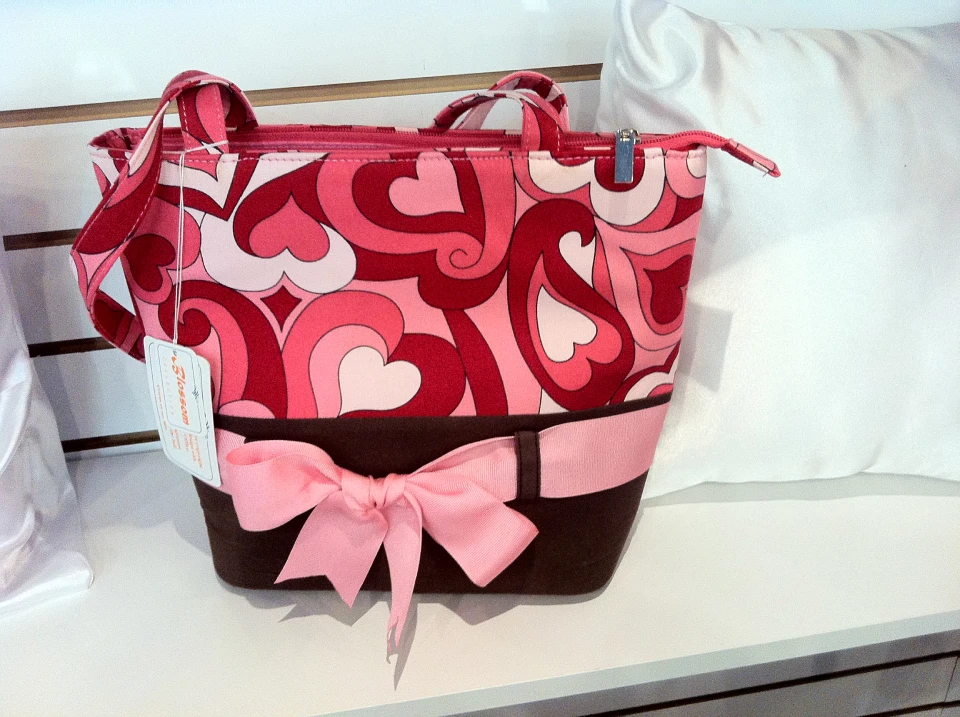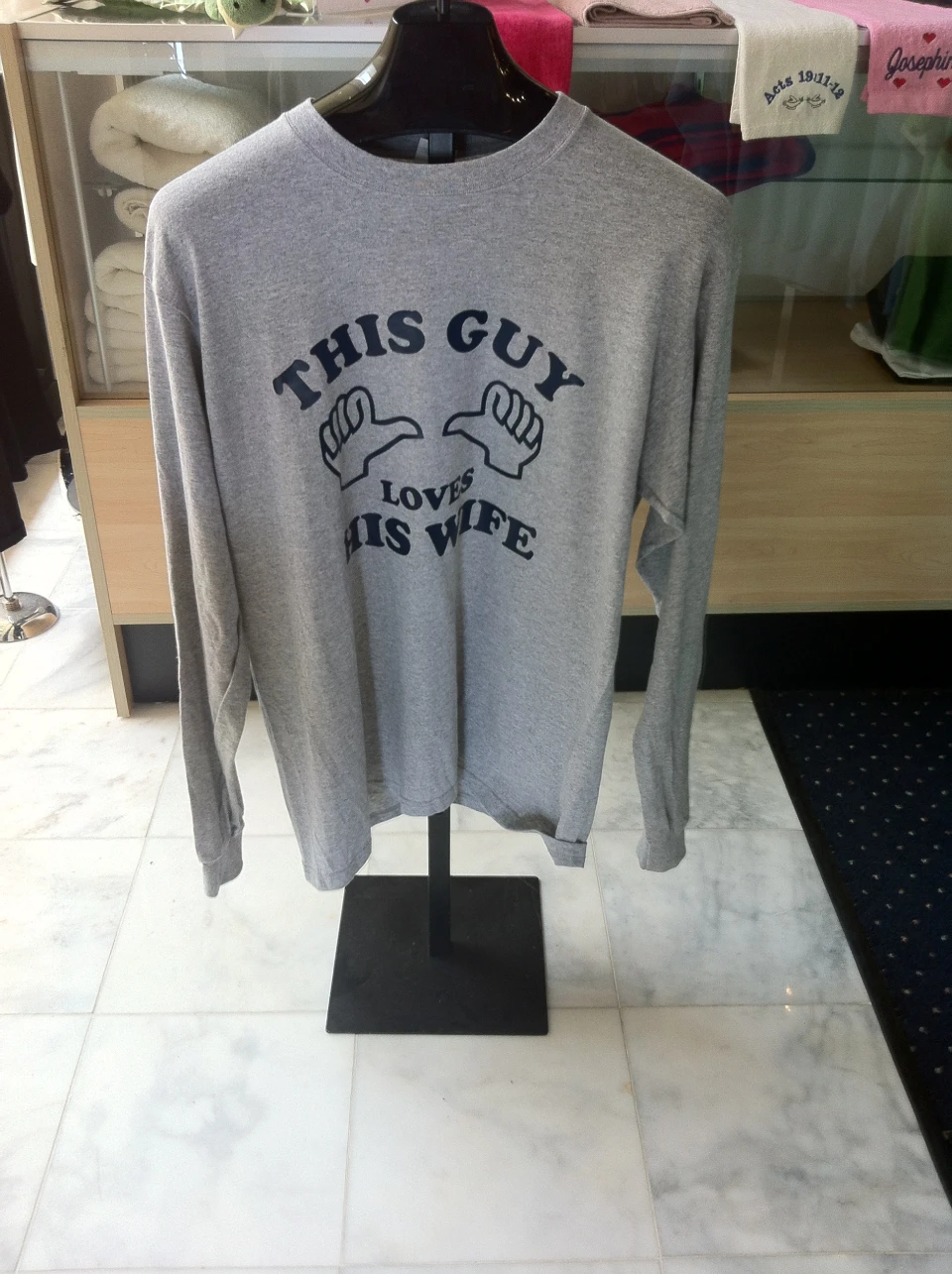Personalized Lab Coats with Embroidery for Medical Professionals
Wiki Article
The Art of Personalized Embroidery: Opening the Keys to Creating One-of-a-kind and Remarkable Styles
Embroidery, a craft soaked in tradition and creativity, holds within its elaborate stitches the power to change textile right into a canvas of unique expression. The tricks to developing personalized embroidery designs that astound the eye and leave a long lasting impression lie in a fragile equilibrium of method, creativity, and interest to information. As we look into the globe of custom needlework, we reveal the nuanced interaction in between thread selection, sew complexity, and style customization that elevates a plain garment to a masterpiece. Join us on a trip with the art of customized needlework as we unravel the secrets behind crafting absolutely remarkable and distinct creations.Picking the Right Needlework Threads
When picking embroidery strings, what crucial variables should you think about to make sure the best results for your custom layouts? The selection of embroidery string is important in establishing the final result of your stitched design. One of the primary considerations is the material of the thread. Various materials such as cotton, polyester, rayon, and silk supply varying degrees of shine, durability, and appearance. It is vital to choose a thread product that complements the textile you are embroidering on and aligns with the desired look of the style.
Thicker strings can add dimension and texture to your layout, while finer threads are perfect for detailed details and tiny message. Additionally, taking into consideration the color fastness and washability of the string is critical to make sure that your custom-made layouts maintain their high quality and vibrancy over time.
Checking Out Various Stitch Strategies
To dive into the world of 'Discovering Different Stitch Strategies', one must grasp the complexities and subtleties that each sewing method brings to the art of embroidery. Various stitch techniques not just include aesthetic rate of interest yet likewise add to the total appearance and dimension of the layout. One prominent stitch technique is the satin stitch, which includes closely packed parallel stitches to create a smooth and shiny surface area, perfect for filling out forms and developing strong details.On the other hand, the backstitch is a flexible technique commonly used for detailing and adding fine information. It involves stitching in reverse to produce a solid line of embroidery. In addition, the French knot stitch adds a responsive aspect to designs, excellent for producing distinctive accents like flower facilities or decorative touches.
Exploring different stitch methods enables embroiderers to play with light, darkness, and deepness within their layouts, elevating the visual appeal and artistic quality of their embroidery jobs. By grasping different stitching approaches, one can open limitless possibilities for producing one-of-a-kind and remarkable custom needlework pieces.
Incorporating Personalized Style Elements
Having actually checked out the ins and outs of different stitch techniques such as the satin stitch, backstitch, and French knot, the emphasis currently changes towards integrating customized design elements in personalized needlework jobs. Customized design components play a critical role in making needlework jobs really special and remarkable.One more means to incorporate personalized design elements is by including signs or motifs that hold unique meaning to the recipient or mirror their passions and character. Incorporating a preferred flower, animal, or hobby-related sign can make the embroidery design a lot more significant and tailored. Additionally, picking colors that resonate with the recipient or line up Visit This Link with the designated theme can even more enhance the personalization of the needlework job.
Mastering the Art of Color Control

One trick element of shade coordination is understanding color theory. This includes recognizing just how various colors communicate with each other, the emotions they convey, and how they can be combined to create aesthetically enticing styles. By applying shade concept concepts, embroiderers can produce harmonious color palettes that improve the overall look of the layout.
Furthermore, paying focus to comparison is essential in color coordination. Utilizing contrasting colors can aid Our site particular aspects of the layout pop, enhance legibility, and develop a visually dynamic needlework item. By understanding the art of shade sychronisation, embroiderers can boost their styles and produce unforgettable items that reverberate with clients and viewers alike.
Enhancing Structure With Advanced Needlework Stitches

French knots, for instance, are perfect for including small, raised dots to your layout, imitating the appearance of beads or developing a distinctive surface area. Bullion knots, on the various other hand, can be made use of to create twisted, ropelike components that include a luxurious feel to the needlework. Seed stitching involves small, scattered stitches that can fill out locations with a speckled texture, while turkey go to my site work develops fluffy, dimensional accents evocative pet fur or foliage. Explore these innovative embroidery stitches allows you to push the limits of traditional needlework and create truly distinct and visually appealing structures in your designs.
Final Thought
In conclusion, the art of custom-made needlework entails a combination of picking the appropriate strings, discovering various stitch strategies, integrating personalized design components, mastering color sychronisation, and improving appearance with sophisticated stitches. By understanding and applying these crucial elements, embroiderers can create special and memorable layouts that display their creative thinking and skill. Needlework enthusiasts can open the tricks to creating stunning and custom pieces that stand apart and leave a long lasting impression.Report this wiki page